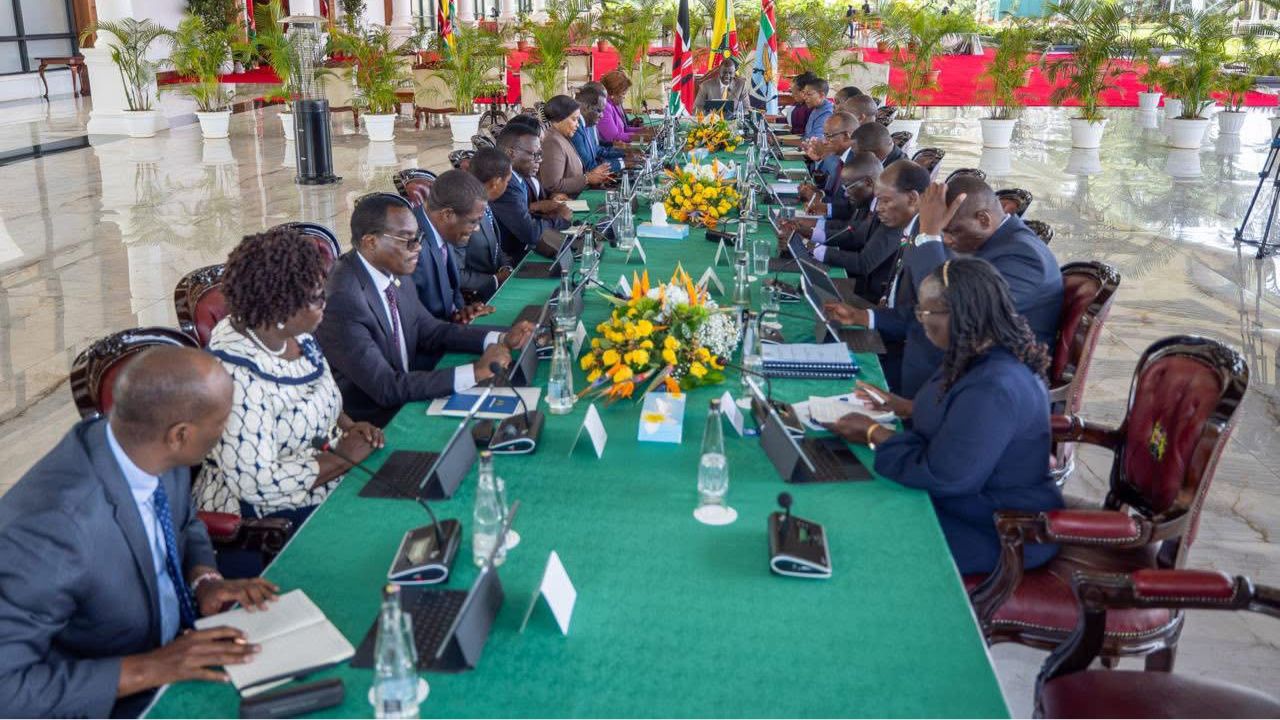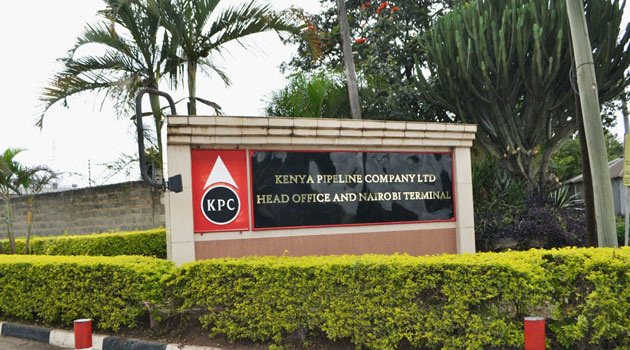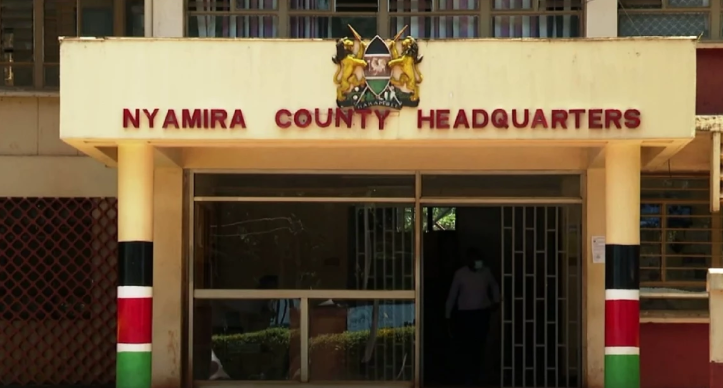Education Cabinet Secretary Julius Ogamba has revealed that the government will review the categorization of students in the new funding model.
Speaking on Friday, March 29, the CS acknowledged that there had been many complaints from Kenyans regarding the parameters used to cluster students based on their financial needs.
Consequently, he stated that the government would be introducing new variables to ensure that the learners are clustered into categories that match their actual financial status.
On the other hand, the CS divulged that the government was also going to make changes to the cost of the courses to ensure that students and parents don't get burdened with school fees.
"The issues that were raised were that some of the variables being used were not placing the students as close as possible to their financial capacity," he detailed.
Read More
.jpg)
"We have been cleaning that through the committee that was set up, including the cost of the programmes. The variables have been expanded so that they can produce results that are as close as possible to the capacity of the individuals."
In the new funding model introduced by President William Ruto's administration, students were placed under four clusters depending on their families' financial background and ability to pay fees.
Therefore, depending on the clusters, the government would offer scholarships ranging from 30 percent to 70 percent. Needy students got more funding through scholarships.
The rest of the money was to be complimented through contributions from parents, bursaries and HELB loans.
However, displeased with the new structure, a number of civil societies challenged the new model, a move that saw the funding model being declared unconstitutional by the High Court.
This saw the government challenge the decision. Ultimately, on March 26, the Court of Appeal reinstated the model. Nonetheless, the government was directed to take various reforms including creating mechanisms for students to appeal the categorization of clusters.

-1751094945.jpeg)




